 U.S. police officers stand guard after clashes erupted on the campus of the University of California, Los Angeles in California, U.S., May 1, 2024. /CFP
U.S. police officers stand guard after clashes erupted on the campus of the University of California, Los Angeles in California, U.S., May 1, 2024. /CFP
U.S. police officers stand guard after clashes erupted on the campus of the University of California, Los Angeles in California, U.S., May 1, 2024. /CFP
Mounting tensions on U.S. campuses boiled over on Wednesday when pro-Israeli supporters attacked pro-Palestinian protesters encamped at the University of California, Los Angeles (UCLA) hours after the police arrested activists who occupied a building at Columbia University and cleared a tent city from its campus.
Eyewitness videos from the UCLA showed people wielding sticks or poles to hammer on wooden boards being used as makeshift barricades to protect the pro-Palestinian protesters before police were called to the campus.
The university canceled classes for the day on Wednesday, and UCLA Chancellor Gene Block said the school would conduct an investigation “that may lead to arrests, expulsions and dismissals.”
In a statement, Block said the “appalling” assault on pro-Palestinian demonstrators, which came hours after their encampment was declared an unlawful assembly by UCLA, was committed “by a group of instigators.”
Los Angeles Mayor Karen Bass, who returned to the city early from a trip to Washington, and California Governor Gavin Newsom issued separate statements condemning the overnight violence, calling for an investigation.
 Members of the NYPD detain protesters from the pro-Palestinian protest encampment near Hamilton Hall where demonstrators barricaded themselves inside Columbia University in New York City, U.S., April 30, 2024. /CFP
Members of the NYPD detain protesters from the pro-Palestinian protest encampment near Hamilton Hall where demonstrators barricaded themselves inside Columbia University in New York City, U.S., April 30, 2024. /CFP
Members of the NYPD detain protesters from the pro-Palestinian protest encampment near Hamilton Hall where demonstrators barricaded themselves inside Columbia University in New York City, U.S., April 30, 2024. /CFP
New York Mayor Eric Adams said the police arrested about 300 people at Columbia and City College of New York. Many of those arrested were charged with trespassing and criminal mischief.
The clashes at UCLA and in New York were part of the biggest outpouring of U.S. student activism since the anti-racism rallies and marches of 2020.
Students have rallied or set up tent encampments at dozens of schools across the U.S. in recent days, expressing opposition to Israel’s offensive in Gaza and demanding schools divest from companies that support Israel’s government. Many of the schools have called in police to quell the protests.
With the presidential election coming in November, Republican lawmakers have accused some university administrators of ignoring antisemitic rhetoric and harassment, and some have demanded Columbia’s President Minouche Shafik’s resignation.
Many protesters, some of whom are Jewish, reject allegations of antisemitism. Shafik has said the protests brought rancor to life at Columbia and created a “threatening environment” for many Jewish students and faculty, while also blaming some episodes of harassment and hostile rhetoric on outsiders drawn to the busy Manhattan streets surrounding the campus.
U.S. President Joe Biden, who has angered many protesters by funding and arming Israel, plans to give a speech on antisemitism next week at a Holocaust memorial event.
(With input from Reuters)


 OpenAI’s ChatGPT app is displayed on an iPhone. /AP
OpenAI’s ChatGPT app is displayed on an iPhone. /AP 

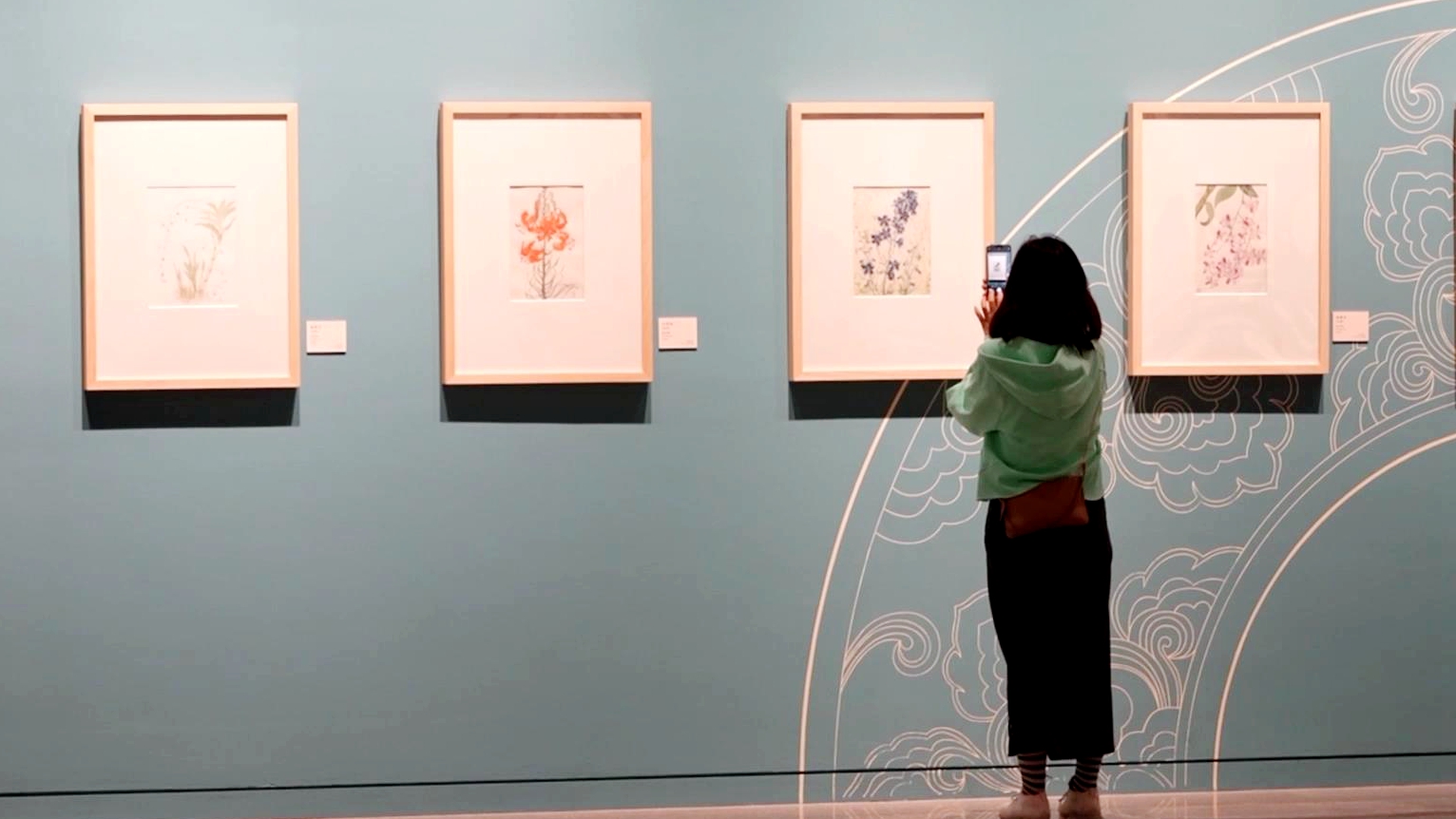 A visitor appreciates artworks by Chang Shana on display at the China National Arts and Crafts Museum in Beijing on April 29, 2024. /China Media Group
A visitor appreciates artworks by Chang Shana on display at the China National Arts and Crafts Museum in Beijing on April 29, 2024. /China Media Group  Chang Shana’s work of Dunhuang art is on display at the China National Arts and Crafts Museum in Beijing on April 29, 2024. /China Media Group
Chang Shana’s work of Dunhuang art is on display at the China National Arts and Crafts Museum in Beijing on April 29, 2024. /China Media Group 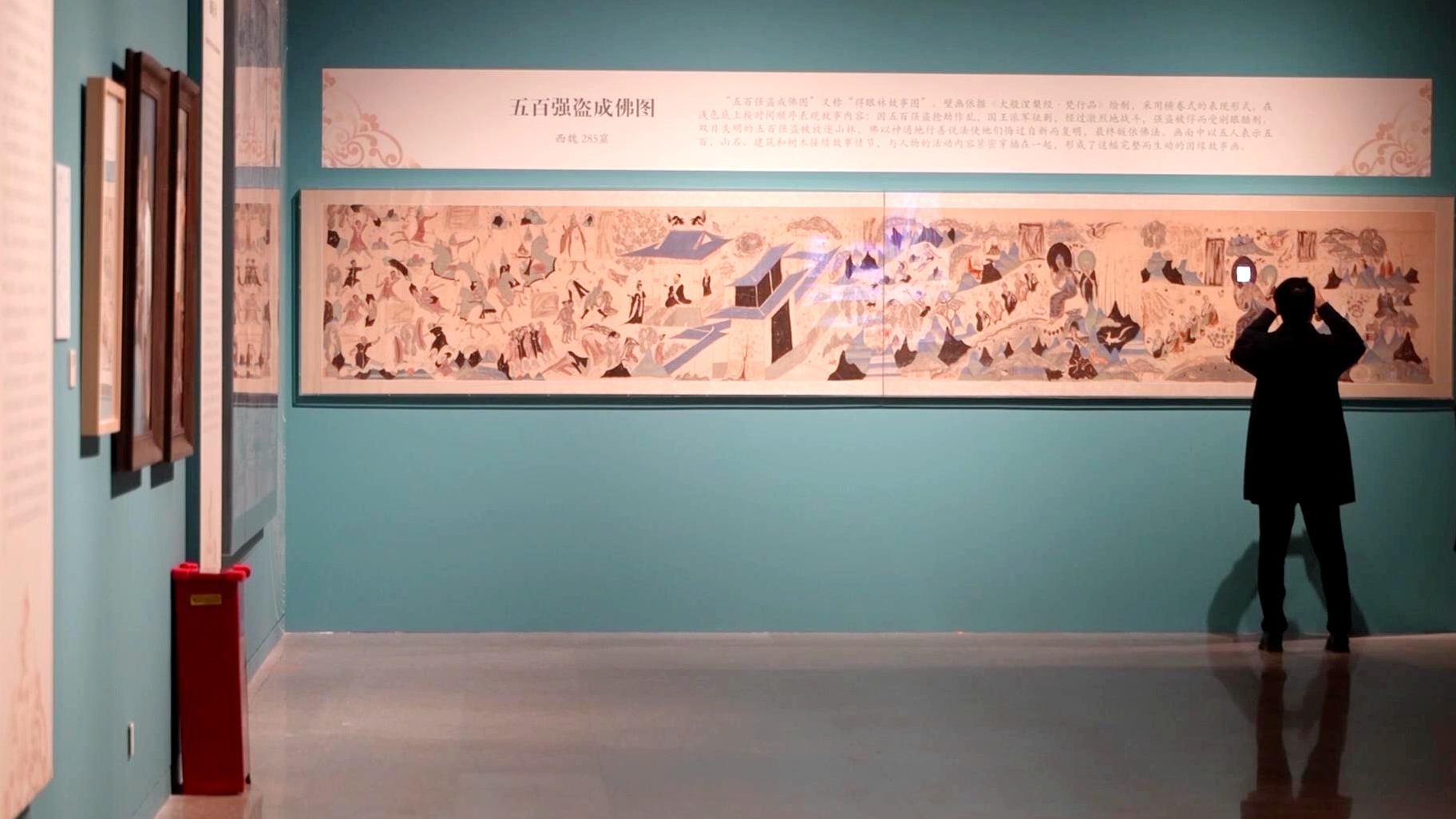 A visitor appreciates an artwork by Chang Shana on display at the China National Arts and Crafts Museum in Beijing on April 29, 2024. /China Media Group
A visitor appreciates an artwork by Chang Shana on display at the China National Arts and Crafts Museum in Beijing on April 29, 2024. /China Media Group  Chang Shana’s works of Dunhuang art are on display at the China National Arts and Crafts Museum in Beijing on April 29, 2024. /China Media Group
Chang Shana’s works of Dunhuang art are on display at the China National Arts and Crafts Museum in Beijing on April 29, 2024. /China Media Group 
 An illustration of the Fengyun-3G. /CMG
An illustration of the Fengyun-3G. /CMG 
 AI-generated Chinese peony wallpaper /CGTN
AI-generated Chinese peony wallpaper /CGTN  AI-generated Chinese peony wallpaper /CGTN
AI-generated Chinese peony wallpaper /CGTN  AI-generated Chinese peony wallpaper /CGTN
AI-generated Chinese peony wallpaper /CGTN  AI-generated Chinese peony wallpaper /CGTN
AI-generated Chinese peony wallpaper /CGTN 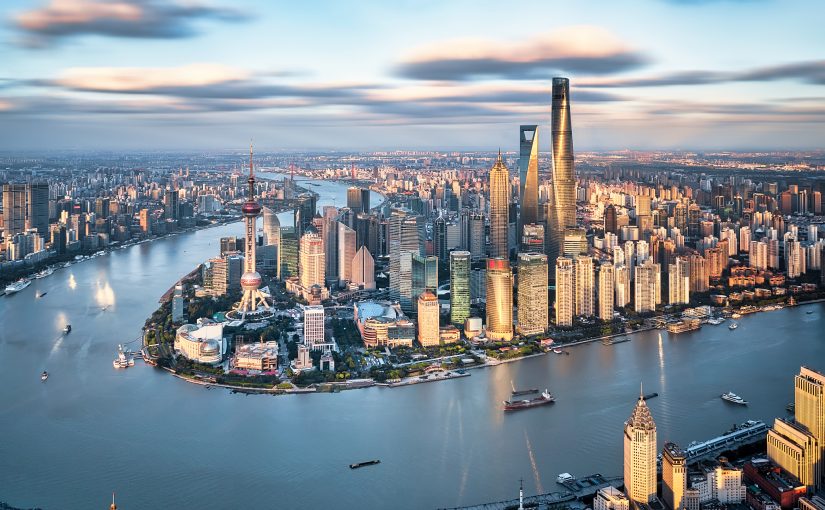
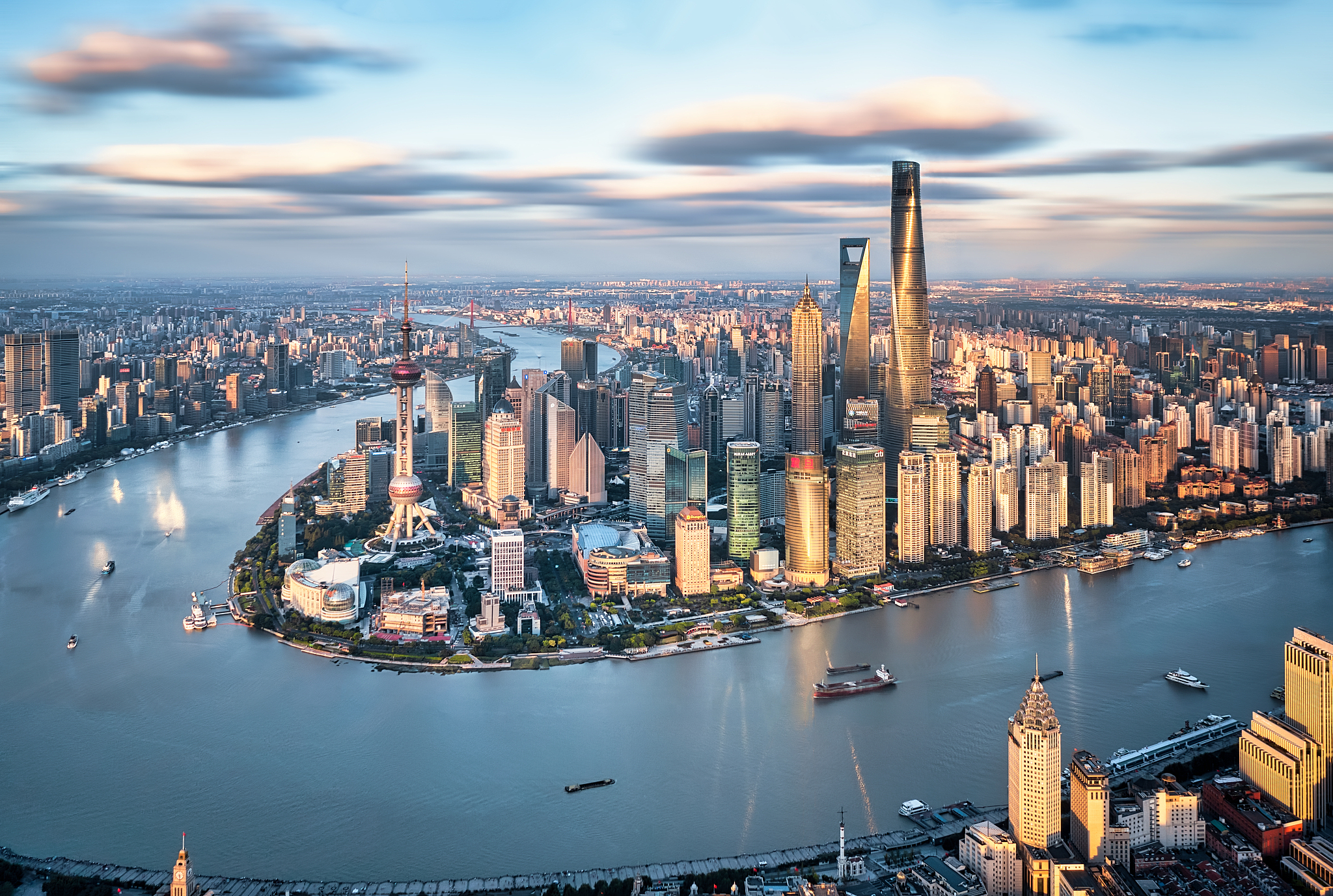 An aerial view of Shanghai. /CFP
An aerial view of Shanghai. /CFP 
 A poster of the Shenzhou-17 crew (L-R) Tang Shengjie, Tang Hongbo and Jiang Xinlin. /CMG
A poster of the Shenzhou-17 crew (L-R) Tang Shengjie, Tang Hongbo and Jiang Xinlin. /CMG 



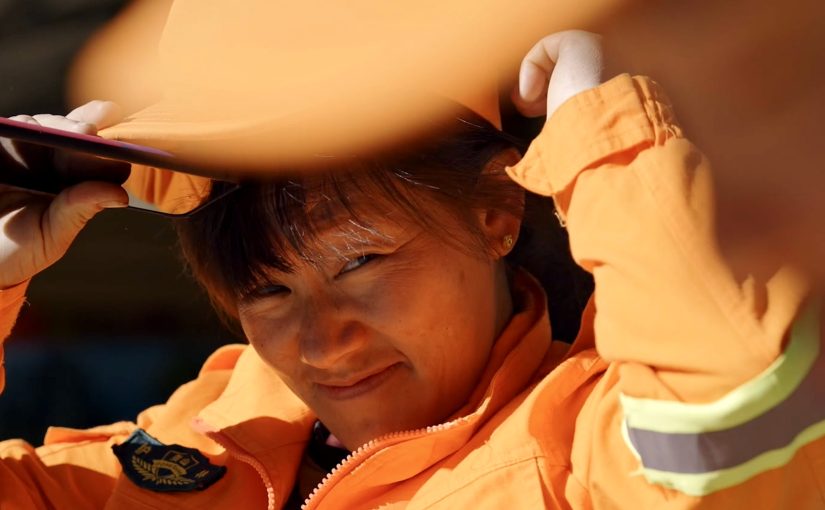
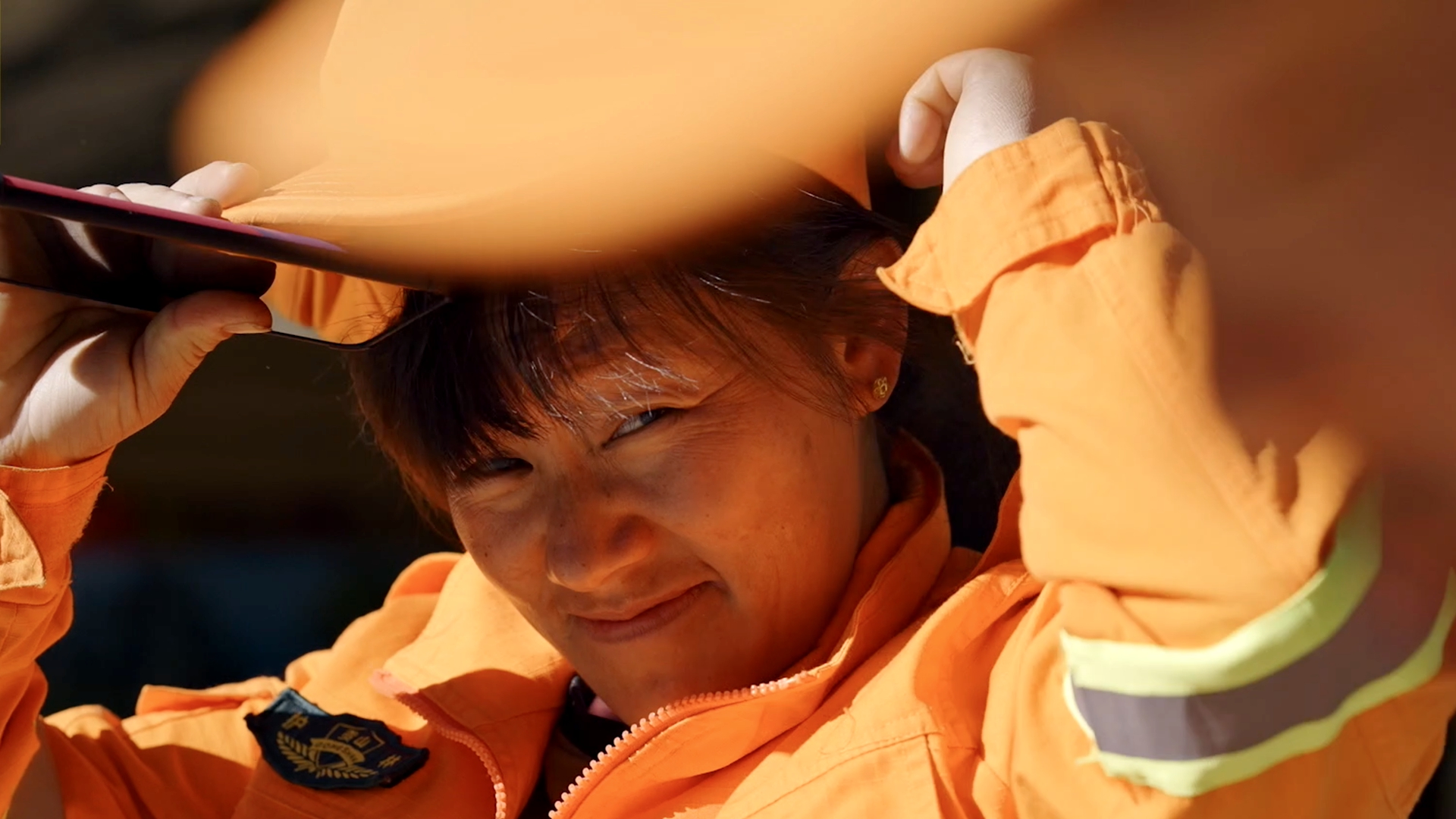 A still from CGTN’s “Journeys in Nature” documentary series shows Li Yuhua, the first female forest ranger among the Drung people in Dulongjiang Township, Gongshan Drung and Nu Autonomous County, Nujiang Lisu Autonomous Prefecture, Yunnan Province, southwest China.
A still from CGTN’s “Journeys in Nature” documentary series shows Li Yuhua, the first female forest ranger among the Drung people in Dulongjiang Township, Gongshan Drung and Nu Autonomous County, Nujiang Lisu Autonomous Prefecture, Yunnan Province, southwest China.  A still from CGTN’s “Journeys in Nature” documentary series shows Liang Zhongjun, a ranger, who patrols twice a day at the Lashihai Plateau Wetland Provincial Nature Reserve in Lijiang City, Yunnan Province, southwest China.
A still from CGTN’s “Journeys in Nature” documentary series shows Liang Zhongjun, a ranger, who patrols twice a day at the Lashihai Plateau Wetland Provincial Nature Reserve in Lijiang City, Yunnan Province, southwest China.  A still from CGTN’s “Journeys in Nature” documentary series shows Li Wenliang (L), a ranger at the Hanma National Nature Reserve in search of the moose, Hulunbuir City, Inner Mongolia Autonomous Region, north China.
A still from CGTN’s “Journeys in Nature” documentary series shows Li Wenliang (L), a ranger at the Hanma National Nature Reserve in search of the moose, Hulunbuir City, Inner Mongolia Autonomous Region, north China. 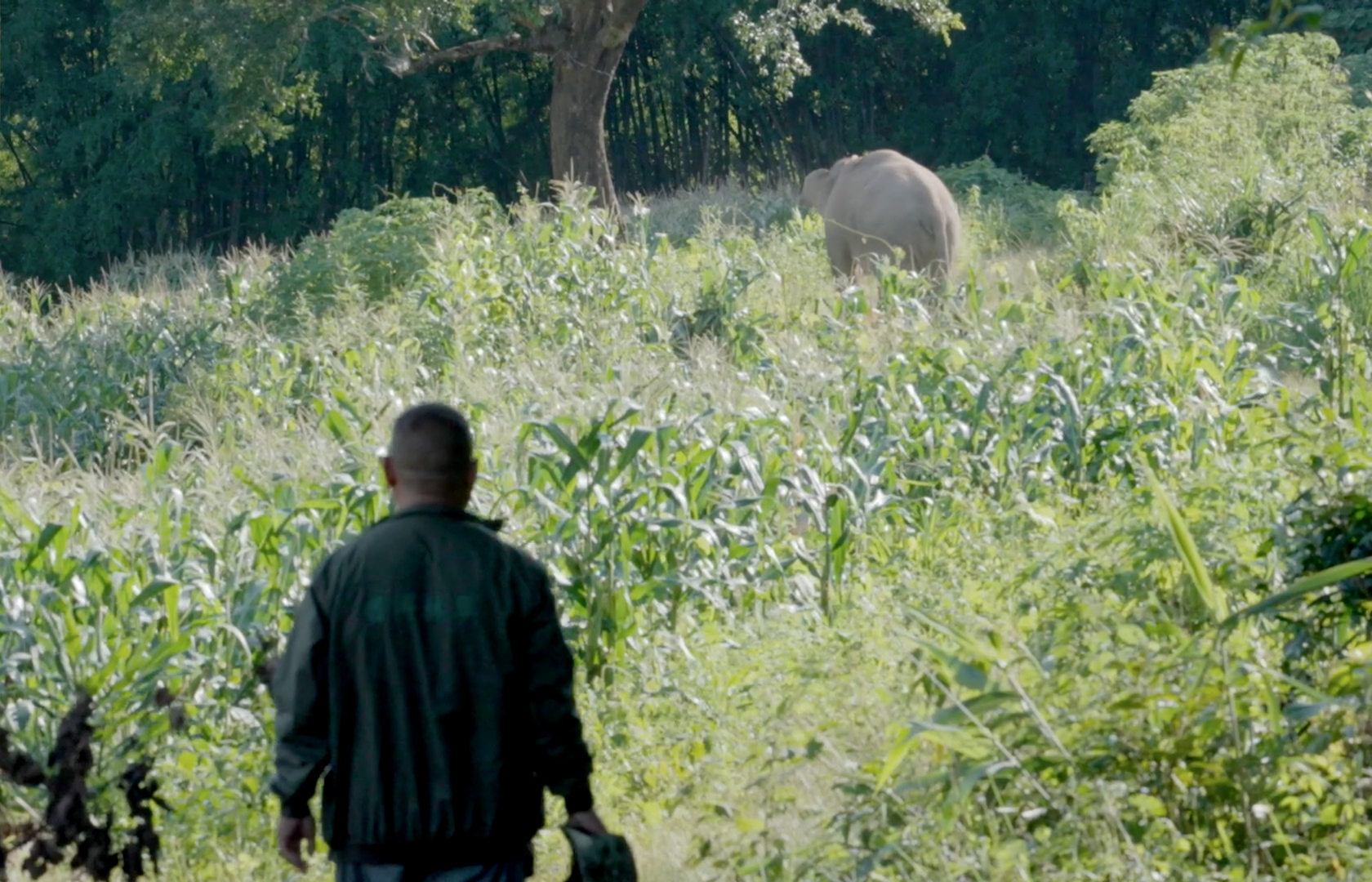 A still from CGTN’s “Journeys in Nature” documentary series shows monitor Diao Faxing with Asian elephants in Pu’er City, Yunnan Province, southwest China.
A still from CGTN’s “Journeys in Nature” documentary series shows monitor Diao Faxing with Asian elephants in Pu’er City, Yunnan Province, southwest China. 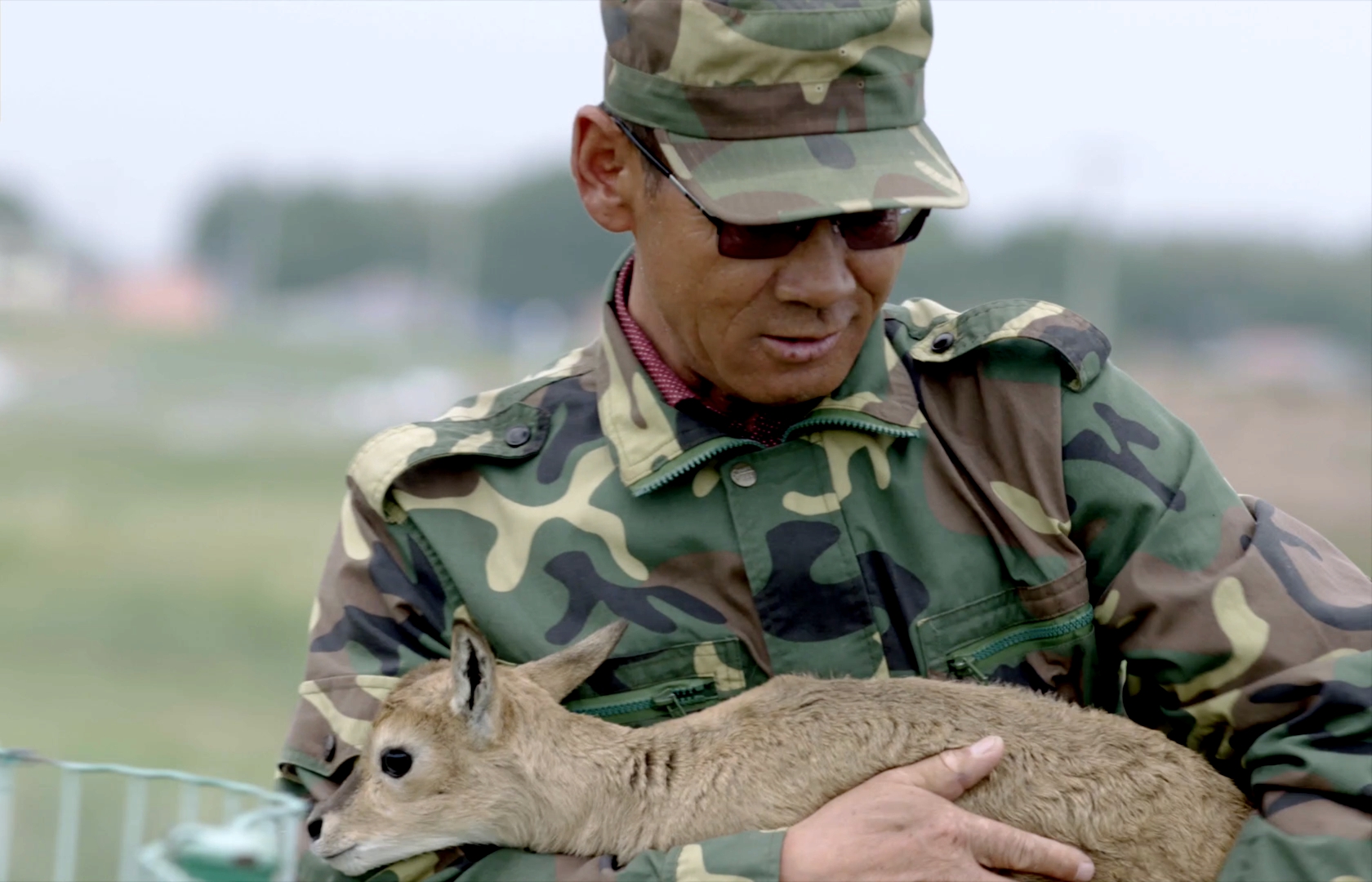 A still from CGTN’s “Journeys in Nature” documentary series shows Wu Yonglin, head of the South Shore Protection Station of Qinghai Lake National Nature Reserve, tending to a Przewalski’s gazelle in Hainan Tibetan Autonomous Prefecture, Qinghai Province, northwest China.
A still from CGTN’s “Journeys in Nature” documentary series shows Wu Yonglin, head of the South Shore Protection Station of Qinghai Lake National Nature Reserve, tending to a Przewalski’s gazelle in Hainan Tibetan Autonomous Prefecture, Qinghai Province, northwest China. 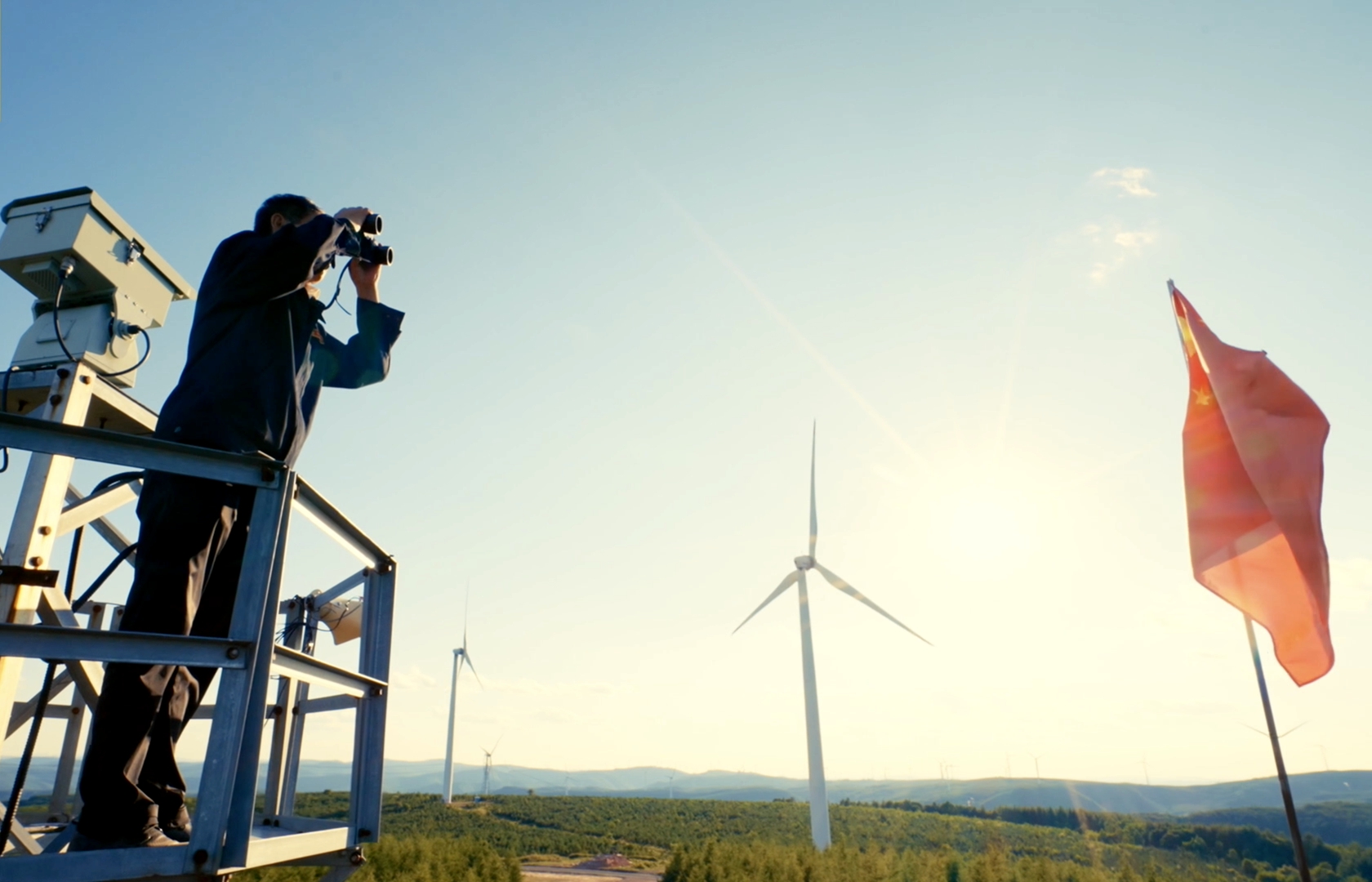 A still from CGTN’s “Journeys in Nature” documentary series shows Zhao Fuzhou, a fire lookout who has secured the Dahuanqi branch of the Saihanba Mechanized Forest Farm for four decades, Chengde City, Hebei Province, north China.
A still from CGTN’s “Journeys in Nature” documentary series shows Zhao Fuzhou, a fire lookout who has secured the Dahuanqi branch of the Saihanba Mechanized Forest Farm for four decades, Chengde City, Hebei Province, north China. 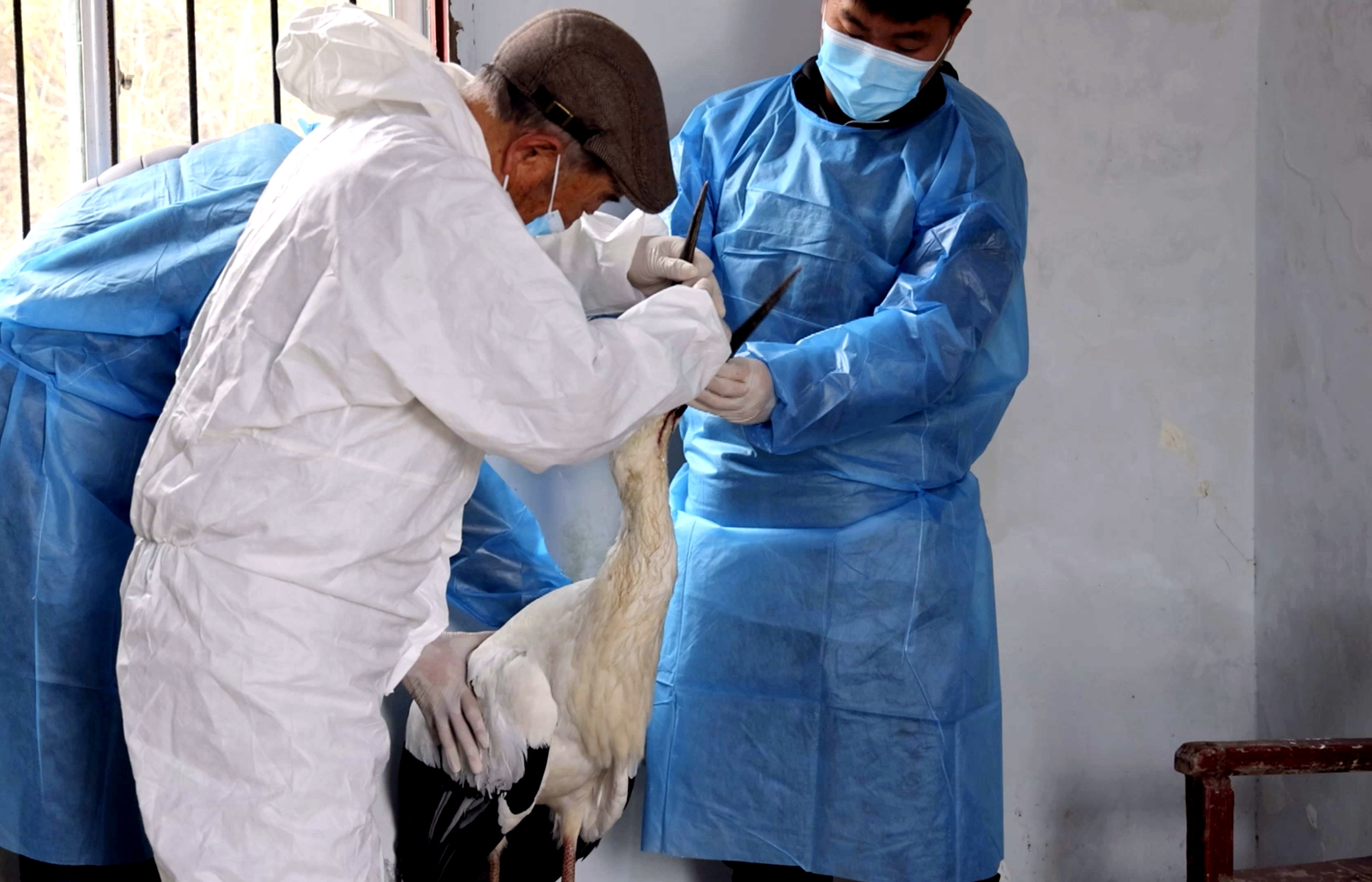 A still from CGTN’s “Journeys in Nature” documentary series shows Li Chunru (L), a vet for migratory birds who has kept a “bird care diary” for 40 years, Jiujiang City, Jiangxi Province, east China.
A still from CGTN’s “Journeys in Nature” documentary series shows Li Chunru (L), a vet for migratory birds who has kept a “bird care diary” for 40 years, Jiujiang City, Jiangxi Province, east China. 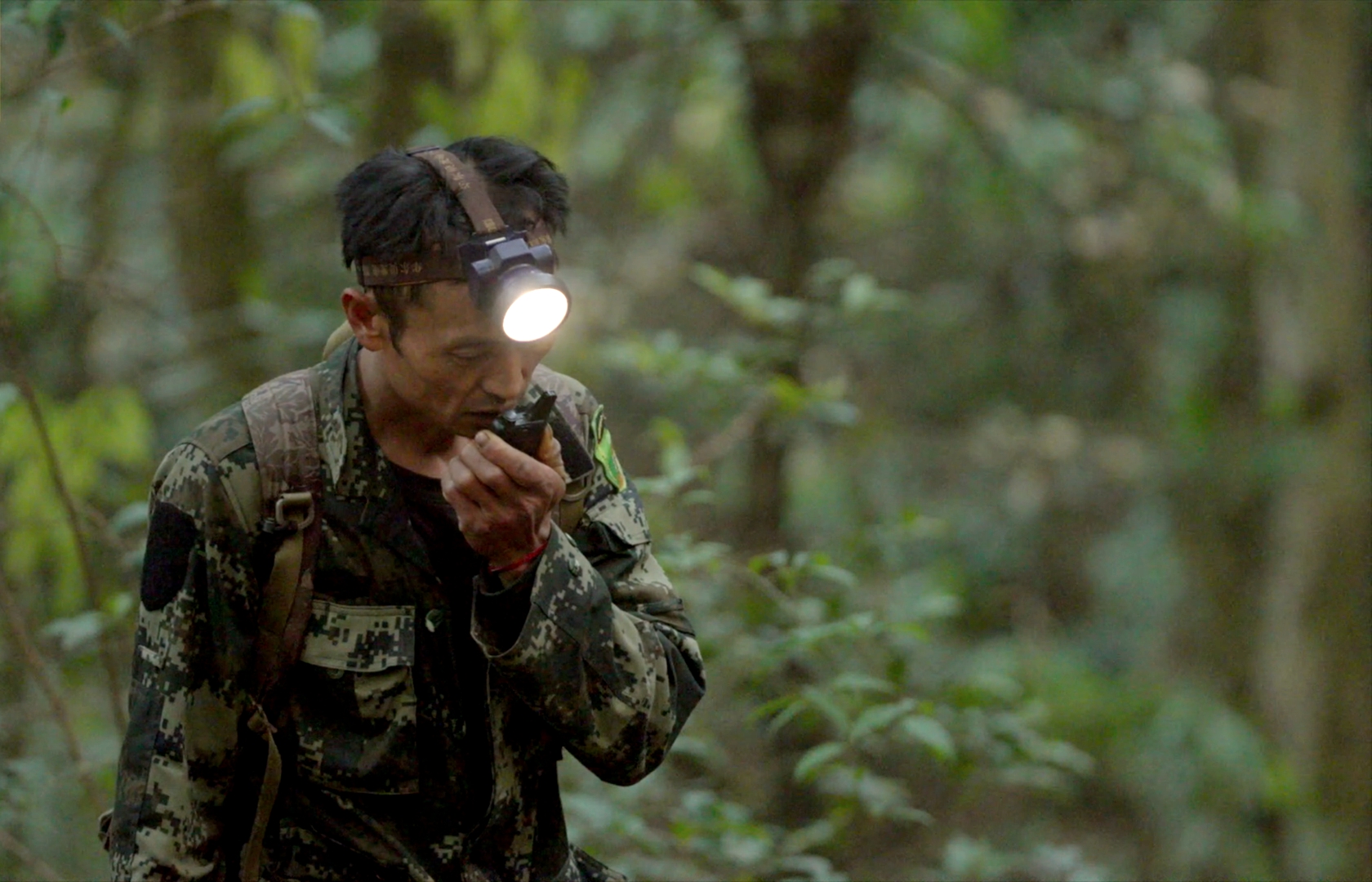 A still from CGTN’s “Journeys in Nature” documentary series shows Xiong Youfu, an observer at Dazhaizi station, looking for the western black-crested gibbon in the Wuliang Mountains in Pu’er City, Yunnan Province, southwest China.
A still from CGTN’s “Journeys in Nature” documentary series shows Xiong Youfu, an observer at Dazhaizi station, looking for the western black-crested gibbon in the Wuliang Mountains in Pu’er City, Yunnan Province, southwest China. 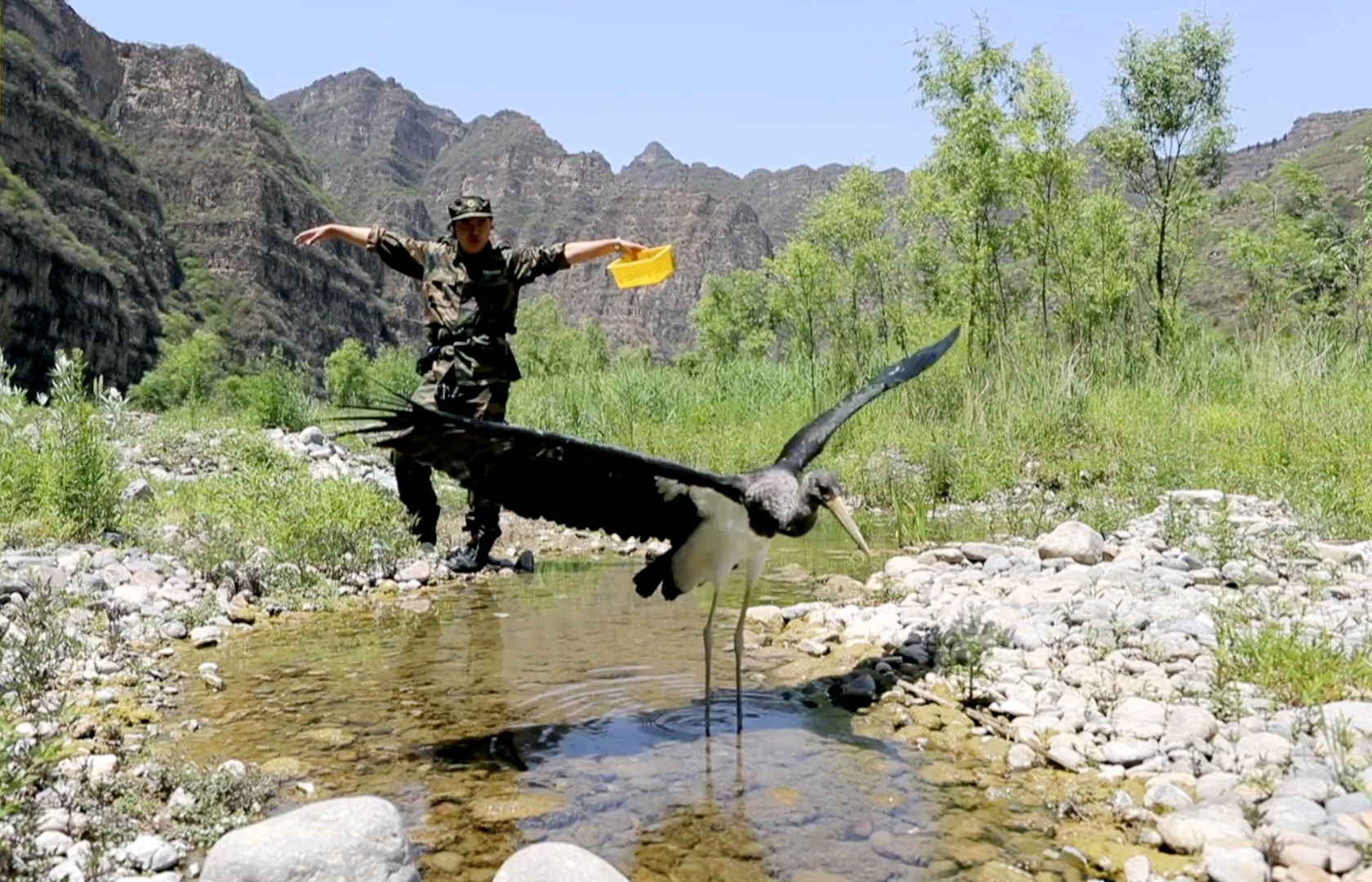 A still from CGTN’s “Journeys in Nature” documentary series shows Li Li, founder of the animal protection NGO Black Leopard Wildlife Protection Center, tending to a black stork, Beijing, China.
A still from CGTN’s “Journeys in Nature” documentary series shows Li Li, founder of the animal protection NGO Black Leopard Wildlife Protection Center, tending to a black stork, Beijing, China. 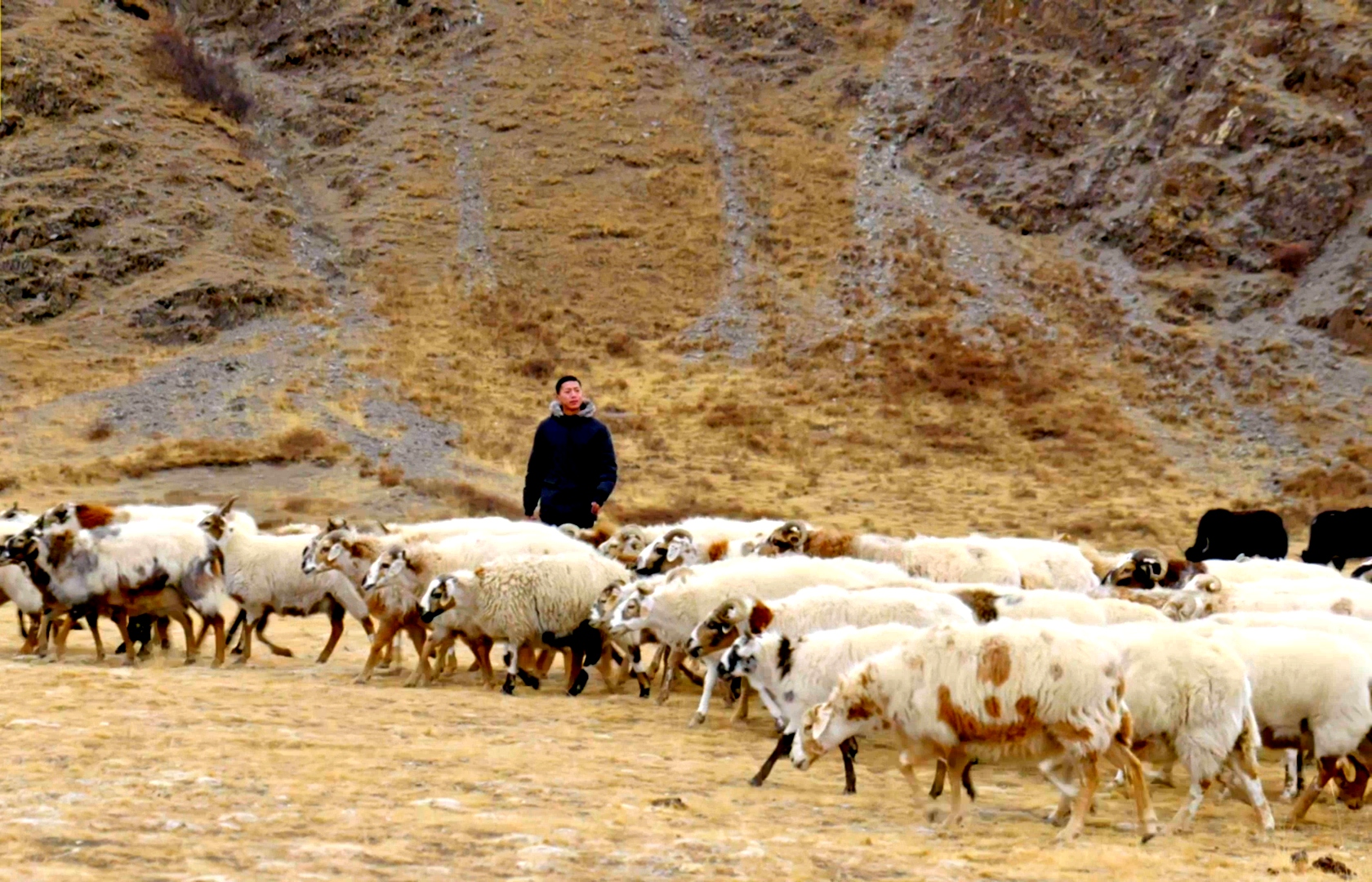 A still from CGTN’s “Journeys in Nature” documentary series shows Jang Tendar, who returned home after graduation and dedicates himself to protecting the ecological environment of Sanjiangyuan area, northwest China.
A still from CGTN’s “Journeys in Nature” documentary series shows Jang Tendar, who returned home after graduation and dedicates himself to protecting the ecological environment of Sanjiangyuan area, northwest China.